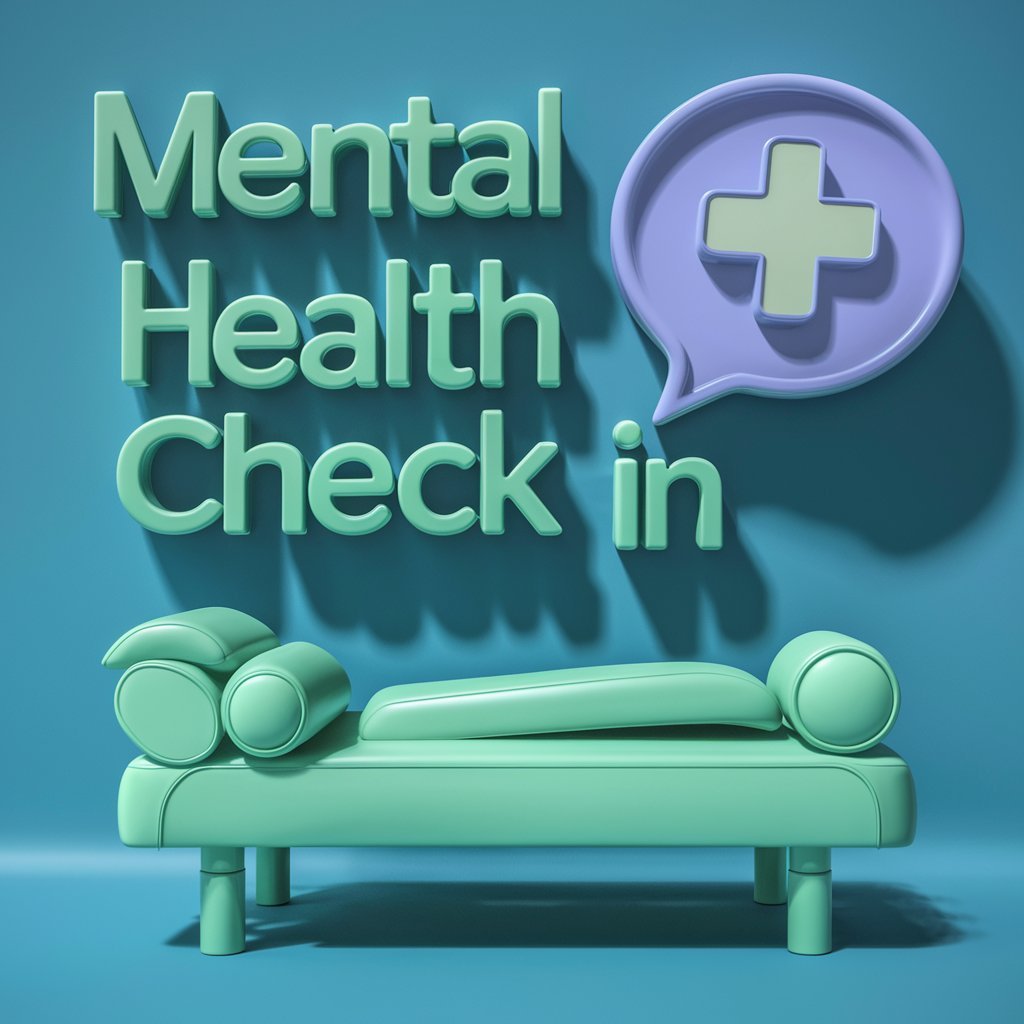Trauma is a deeply distressing or disturbing experience that affects an individual’s emotional and psychological well-being. It can result from a variety of events such as natural disasters, violence, accidents, or loss. Trauma doesn’t discriminate – it can impact people of all ages, races, genders, and backgrounds. However, different populations may experience trauma in unique ways and require tailored approaches to healing and recovery.
Children and Adolescents
Children and adolescents are particularly vulnerable to the effects of trauma due to their developing brains and limited coping skills. Traumatic events can result in behavioral issues, academic difficulties, and long-term mental health challenges. It’s essential for adults to provide safe and supportive environments for young people to process their trauma and seek professional help when needed.
Women and Gender Minorities
Women and gender minorities are at a higher risk of experiencing trauma, particularly related to interpersonal violence and discrimination. Trauma can impact their sense of self-worth, relationships, and overall well-being. It’s crucial for these individuals to have access to trauma-informed care and support services that address their specific needs and experiences.
Veterans and Military Personnel
Veterans and military personnel may be exposed to traumatic events during their service, leading to post-traumatic stress disorder (PTSD) and other mental health issues. The unique challenges faced by this population, such as reintegration into civilian life and accessing appropriate care, require specialized approaches to trauma treatment and support.
Elderly Populations
Elderly populations may experience trauma due to factors such as physical decline, loss of independence, and social isolation. Trauma can exacerbate existing health conditions and contribute to feelings of despair and hopelessness. It’s important for healthcare providers and caregivers to recognize and address trauma in older adults through compassionate and holistic care.
Conclusion
Trauma is a universal experience that can impact individuals from all walks of life. However, the effects of trauma may vary depending on the population, necessitating tailored interventions and support services. By recognizing the unique needs and experiences of different populations, we can better address the widespread impacts of trauma and promote healing and resilience.
FAQs
What are some common signs of trauma?
Common signs of trauma include flashbacks, nightmares, anxiety, depression, avoidance of triggering situations, irritability, and difficulty concentrating. These symptoms may vary depending on the individual and the type of trauma experienced.
How can I support someone who has experienced trauma?
It’s important to listen actively, offer empathy and validation, provide a safe and non-judgmental space for them to share their experiences, encourage them to seek professional help if needed, and avoid minimizing or dismissing their feelings. Supporting someone through trauma requires patience, understanding, and a willingness to help them navigate their healing journey.





